Home>Furniture & Design>Interior Design Trends>How Does A Glass Break Sensor Work
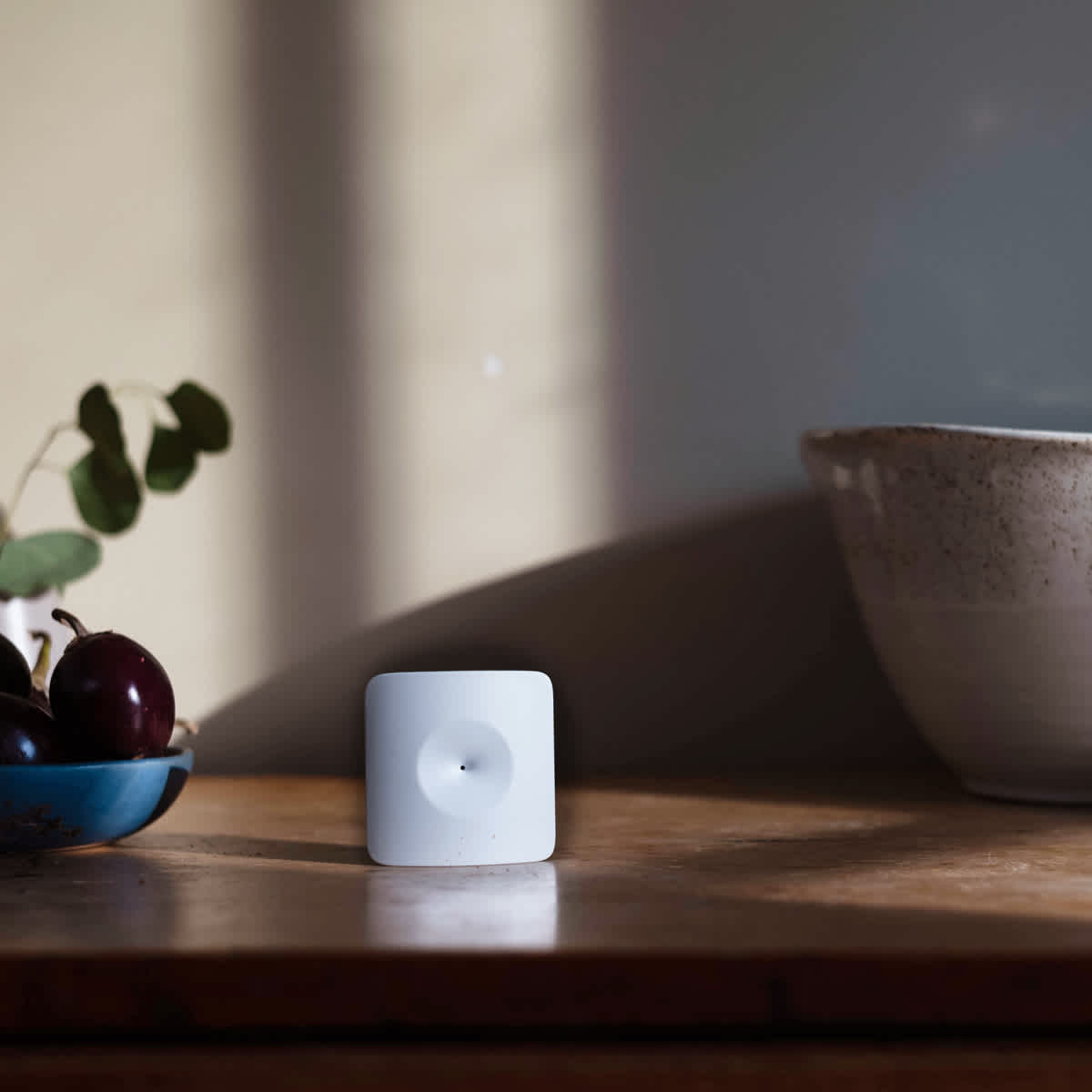

Interior Design Trends
How Does A Glass Break Sensor Work
Modified: March 24, 2024
Discover how glass break sensors work and their role in interior design trends. Learn how these sensors enhance security and aesthetics in modern spaces.
(Many of the links in this article redirect to a specific reviewed product. Your purchase of these products through affiliate links helps to generate commission for Storables.com, at no extra cost. Learn more)
Introduction
Glass break sensors are an essential component of modern home security systems, providing an additional layer of protection against unauthorized entry and potential threats. These innovative devices are designed to detect the unique sound frequency produced when glass shatters, triggering an alarm and alerting homeowners and security monitoring services to a potential security breach.
As the prevalence of home automation and smart security solutions continues to rise, the demand for reliable and effective glass break sensors has increased significantly. Homeowners are increasingly prioritizing the safety and security of their properties, making the integration of advanced security technologies a top consideration.
In this comprehensive guide, we will delve into the intricacies of glass break sensors, exploring their functionality, different types, and factors that can impact their performance. By gaining a deeper understanding of how these devices operate and the various considerations involved in their installation and placement, homeowners can make informed decisions to bolster the security of their living spaces.
Let's embark on a journey to unravel the mysteries behind the operation of glass break sensors, shedding light on the technology that helps safeguard homes and provide peace of mind to residents.
Key Takeaways:
- Glass break sensors use advanced technology to detect the sound of breaking glass, alerting homeowners to potential security breaches and providing a sense of protection and peace of mind.
- Factors such as the acoustic environment, glass type, and sensor placement significantly impact the performance of glass break sensors, highlighting the importance of proper installation and proactive management for reliable home security.
Read more: How Do Glass Break Sensors Work
The Basics of Glass Break Sensors
Glass break sensors, also known as acoustic glass break detectors, are sophisticated devices designed to detect the distinct sound frequency generated when glass shatters. These sensors are a crucial component of home security systems, providing an additional layer of protection against potential intruders and unauthorized entry.
The fundamental principle behind glass break sensors lies in their ability to recognize the unique acoustic signature produced by the breaking of glass. When integrated into a security system, these sensors continuously monitor the surrounding environment for the specific sound patterns associated with glass breakage. Upon detecting these acoustic signals, the sensors promptly trigger an alarm, alerting homeowners and security monitoring services to the potential security breach.
One of the key features of glass break sensors is their ability to differentiate between the sound of breaking glass and other ambient noises, such as loud conversations, barking dogs, or slamming doors. This advanced capability is achieved through the utilization of sophisticated audio analysis algorithms, which enable the sensors to accurately identify the characteristic acoustic profile of glass breakage while disregarding irrelevant background noise.
Glass break sensors are available in various forms, including standalone units and integrated components of comprehensive home security systems. These devices are typically positioned in strategic locations within the home, such as near windows, glass doors, and other vulnerable entry points. By strategically placing these sensors, homeowners can maximize their effectiveness in detecting potential security threats and deterring intruders.
In addition to their primary function of detecting glass breakage, some advanced glass break sensors also incorporate additional features, such as adjustable sensitivity settings and compatibility with smart home automation platforms. These enhancements further enhance the versatility and effectiveness of these devices, allowing homeowners to customize their security setup according to their specific requirements.
Overall, the basics of glass break sensors revolve around their ability to accurately identify the sound of breaking glass and promptly alert homeowners to potential security breaches. By leveraging advanced acoustic analysis technology, these sensors play a pivotal role in fortifying home security systems and providing residents with invaluable peace of mind.
Types of Glass Break Sensors
Glass break sensors are available in various types, each offering unique features and functionalities to cater to diverse security needs. Understanding the different types of glass break sensors is essential for homeowners seeking to bolster the security of their living spaces. Here are the primary categories of glass break sensors:
-
Passive Acoustic Glass Break Sensors: These sensors are designed to detect the distinct sound frequency produced by the shattering of glass. They operate by continuously monitoring the acoustic environment and analyzing sound patterns to identify the characteristic signature of glass breakage. Passive acoustic sensors are highly effective in detecting intrusions through windows, glass doors, and other vulnerable entry points.
-
Active Glass Break Sensors: Unlike passive sensors, active glass break sensors emit acoustic signals, actively transmitting sound waves and analyzing the reflected patterns to detect glass breakage. This proactive approach allows active sensors to cover larger areas and provide enhanced sensitivity, making them suitable for environments with varying ambient noise levels.
-
Dual-Technology Glass Break Sensors: These advanced sensors combine the capabilities of passive acoustic detection with additional technologies, such as infrared motion detection. By integrating multiple detection methods, dual-technology sensors offer heightened accuracy and reliability, reducing the likelihood of false alarms while maintaining robust security coverage.
-
Wireless Glass Break Sensors: Wireless sensors offer the flexibility of easy installation and seamless integration into existing home security systems. They communicate wirelessly with the central control panel, eliminating the need for complex wiring and enabling convenient placement in optimal locations for maximum coverage.
-
Hardwired Glass Break Sensors: Hardwired sensors are directly connected to the security system's control panel using physical wiring. While they require professional installation, hardwired sensors offer a reliable and stable connection, making them a preferred choice for homeowners seeking a robust and permanent security solution.
-
Shock and Vibration Glass Break Sensors: These specialized sensors detect glass breakage by sensing the shockwaves and vibrations generated when glass is shattered. By focusing on physical disturbances, shock and vibration sensors provide an alternative method of detecting intrusions, complementing the acoustic-based detection offered by traditional glass break sensors.
Understanding the distinctions between these types of glass break sensors empowers homeowners to make informed decisions when selecting the most suitable security solutions for their properties. By considering factors such as environmental conditions, installation requirements, and desired features, homeowners can choose the type of glass break sensor that best aligns with their security objectives and enhances the overall protection of their homes.
How Glass Break Sensors Work
Glass break sensors operate on the principle of acoustic detection, leveraging advanced technology to identify the unique sound signature produced by the shattering of glass. These sophisticated devices are designed to distinguish the specific acoustic patterns associated with glass breakage from other ambient noises, enabling them to effectively detect potential security breaches and trigger timely alarms.
When a glass break sensor is activated, it continuously monitors the surrounding environment for sound frequencies indicative of glass shattering. Upon detecting these distinct acoustic signals, the sensor promptly initiates a series of analytical processes to verify the authenticity of the glass breakage event. This involves the application of specialized audio analysis algorithms, which enable the sensor to differentiate between the characteristic sound profile of breaking glass and other irrelevant noises, such as loud conversations, pet sounds, or external disturbances.
The functionality of glass break sensors is further enhanced by their ability to discern the specific cadence and amplitude of the sound waves generated by glass breakage. By analyzing these acoustic parameters, the sensors can accurately determine the presence of a security threat and differentiate it from benign environmental sounds. This advanced level of discrimination minimizes the occurrence of false alarms, ensuring that the sensors only trigger alerts in response to genuine security breaches.
In addition to their acoustic detection capabilities, some glass break sensors incorporate advanced signal processing techniques to further refine their ability to identify glass breakage events. These techniques may involve the utilization of frequency analysis, spectral pattern recognition, and signal modulation analysis to enhance the accuracy and reliability of the detection process.
Furthermore, the integration of adjustable sensitivity settings allows homeowners to customize the responsiveness of the sensors according to their specific security requirements. This flexibility enables users to fine-tune the sensor's detection parameters, ensuring optimal performance in diverse environmental conditions and minimizing the likelihood of false alarms.
Overall, the operational mechanism of glass break sensors revolves around their capacity to discern the unique acoustic characteristics of breaking glass, employing advanced audio analysis algorithms and signal processing techniques to accurately detect and respond to potential security threats. By harnessing the power of sound recognition technology, these sensors play a pivotal role in fortifying home security systems and providing homeowners with a heightened sense of protection and peace of mind.
Glass break sensors work by detecting the sound frequency and vibration patterns produced when glass breaks. They are designed to distinguish between normal sounds and the specific characteristics of breaking glass.
Factors Affecting Glass Break Sensor Performance
The performance of glass break sensors is influenced by various factors that can significantly impact their effectiveness in detecting and responding to potential security threats. Understanding these factors is crucial for homeowners seeking to optimize the functionality of their security systems and ensure reliable protection for their living spaces.
-
Acoustic Environment: The acoustic environment in which glass break sensors are installed plays a pivotal role in their performance. Factors such as ambient noise levels, reverberation, and the presence of sound-absorbing materials can affect the sensors' ability to accurately detect glass breakage. Homes located in noisy urban areas may require sensors with adjustable sensitivity settings to mitigate the impact of ambient noise on detection accuracy.
-
Glass Type and Thickness: The composition and thickness of the glass surfaces being monitored can influence the sensors' responsiveness. Different types of glass, such as tempered, laminated, or annealed glass, produce varying acoustic signatures when shattered. Additionally, thicker glass may attenuate the sound of breakage, necessitating adjustments to the sensor's sensitivity to ensure reliable detection.
-
Sensor Placement: The strategic placement of glass break sensors is critical for maximizing their effectiveness. Sensors should be positioned in close proximity to vulnerable glass surfaces, such as windows and glass doors, to ensure comprehensive coverage. Additionally, the orientation and angle of sensor placement can impact their ability to capture the acoustic signals generated by glass breakage.
-
Sensitivity Settings: Adjustable sensitivity settings allow homeowners to fine-tune the responsiveness of glass break sensors to suit the specific acoustic characteristics of their environment. By customizing the sensor's sensitivity, users can minimize false alarms while maintaining optimal detection capabilities, adapting to changes in ambient noise levels and environmental conditions.
-
Interference and False Alarms: External factors, such as loud appliances, construction activities, or environmental disturbances, can potentially trigger false alarms in glass break sensors. Advanced sensors incorporate algorithms to differentiate between genuine glass breakage and spurious acoustic events, reducing the likelihood of false alarms and ensuring reliable performance in diverse settings.
-
Signal Processing Algorithms: The sophistication of signal processing algorithms employed by glass break sensors directly impacts their ability to accurately analyze and identify glass breakage events. High-quality sensors utilize advanced algorithms to discern the unique acoustic patterns of breaking glass, enhancing their reliability and minimizing the occurrence of false positives.
By considering these factors and implementing appropriate measures, homeowners can optimize the performance of their glass break sensors, fortifying their home security systems and enhancing the overall safety of their living spaces. The proactive management of these influencing factors ensures that glass break sensors operate with precision and reliability, providing residents with invaluable peace of mind and a heightened sense of security.
Read more: How To Test Glass Break Sensor
Installation and Placement Considerations
Proper installation and strategic placement are crucial factors that significantly impact the effectiveness of glass break sensors in fortifying home security. By adhering to best practices and considering key considerations during the installation process, homeowners can optimize the performance of these devices and ensure comprehensive coverage of their living spaces.
When installing glass break sensors, it is essential to position them in close proximity to vulnerable glass surfaces, such as windows, glass doors, and other potential entry points. Placing the sensors near these areas enhances their ability to detect and respond to potential security breaches, providing homeowners with a heightened level of protection. Additionally, the orientation and angle of sensor placement should be carefully considered to maximize their coverage and ensure that they can capture the acoustic signals generated by glass breakage effectively.
Furthermore, the selection of an optimal mounting location is critical for the reliable operation of glass break sensors. Mounting the sensors at the recommended height and distance from the monitored glass surfaces is essential to ensure that they can accurately detect the characteristic sound frequencies associated with glass shattering. Additionally, considering the acoustic environment of the installation area is vital, as excessive ambient noise or sound-absorbing materials can impact the sensors' responsiveness.
During the installation process, homeowners should also take into account the compatibility of the sensors with their existing security systems. Whether integrating standalone sensors or incorporating them into comprehensive home security setups, ensuring seamless communication and synchronization with the central control panel is essential for the cohesive functioning of the entire security infrastructure.
Moreover, the consideration of adjustable sensitivity settings is paramount, as it allows homeowners to customize the responsiveness of the sensors according to the specific acoustic characteristics of their environment. Fine-tuning the sensitivity settings enables users to mitigate the impact of ambient noise and environmental factors, minimizing the occurrence of false alarms while maintaining optimal detection capabilities.
In addition to the physical installation of glass break sensors, the incorporation of wireless or hardwired connectivity options should be evaluated based on the specific requirements of the security system. Wireless sensors offer the flexibility of easy installation and seamless integration, while hardwired sensors provide a stable and reliable connection, catering to homeowners' preferences and the structural constraints of their properties.
By meticulously addressing these installation and placement considerations, homeowners can optimize the functionality of glass break sensors, fortifying their home security systems and enhancing the overall safety of their living spaces. The proactive management of these factors ensures that glass break sensors operate with precision and reliability, providing residents with invaluable peace of mind and a heightened sense of security.
Conclusion
In conclusion, glass break sensors stand as indispensable guardians of modern home security, leveraging advanced acoustic detection technology to fortify residential properties against potential intrusions and security breaches. These sophisticated devices, available in various types and configurations, play a pivotal role in providing homeowners with a heightened sense of protection and peace of mind.
The operational mechanism of glass break sensors revolves around their ability to discern the unique acoustic characteristics of breaking glass, employing advanced audio analysis algorithms and signal processing techniques to accurately detect and respond to potential security threats. By harnessing the power of sound recognition technology, these sensors serve as a crucial component of comprehensive home security systems, offering reliable protection for vulnerable entry points such as windows and glass doors.
Factors such as the acoustic environment, glass type and thickness, sensor placement, sensitivity settings, interference mitigation, and signal processing algorithms significantly influence the performance of glass break sensors. By proactively managing these influencing factors and adhering to best practices during installation and placement, homeowners can optimize the functionality of these devices, ensuring comprehensive coverage and reliable operation.
The integration of glass break sensors into home security systems represents a proactive approach to safeguarding residential properties, deterring potential intruders, and providing homeowners with a robust defense against unauthorized entry. With the ability to differentiate between the sound of breaking glass and other ambient noises, these sensors offer a high level of accuracy and reliability, minimizing the occurrence of false alarms and enhancing the overall effectiveness of home security setups.
As the demand for advanced security solutions continues to rise, the role of glass break sensors in fortifying residential security becomes increasingly prominent. By understanding the intricacies of these devices and considering the various factors that influence their performance, homeowners can make informed decisions to enhance the safety and protection of their living spaces.
In essence, glass break sensors represent a critical asset in the realm of home security, empowering homeowners to create secure and resilient living environments. With their ability to swiftly detect and respond to potential security threats, these sensors contribute to a heightened sense of security and well-being, allowing residents to enjoy peace of mind knowing that their homes are safeguarded by advanced and reliable security technology.
Frequently Asked Questions about How Does A Glass Break Sensor Work
Was this page helpful?
At Storables.com, we guarantee accurate and reliable information. Our content, validated by Expert Board Contributors, is crafted following stringent Editorial Policies. We're committed to providing you with well-researched, expert-backed insights for all your informational needs.
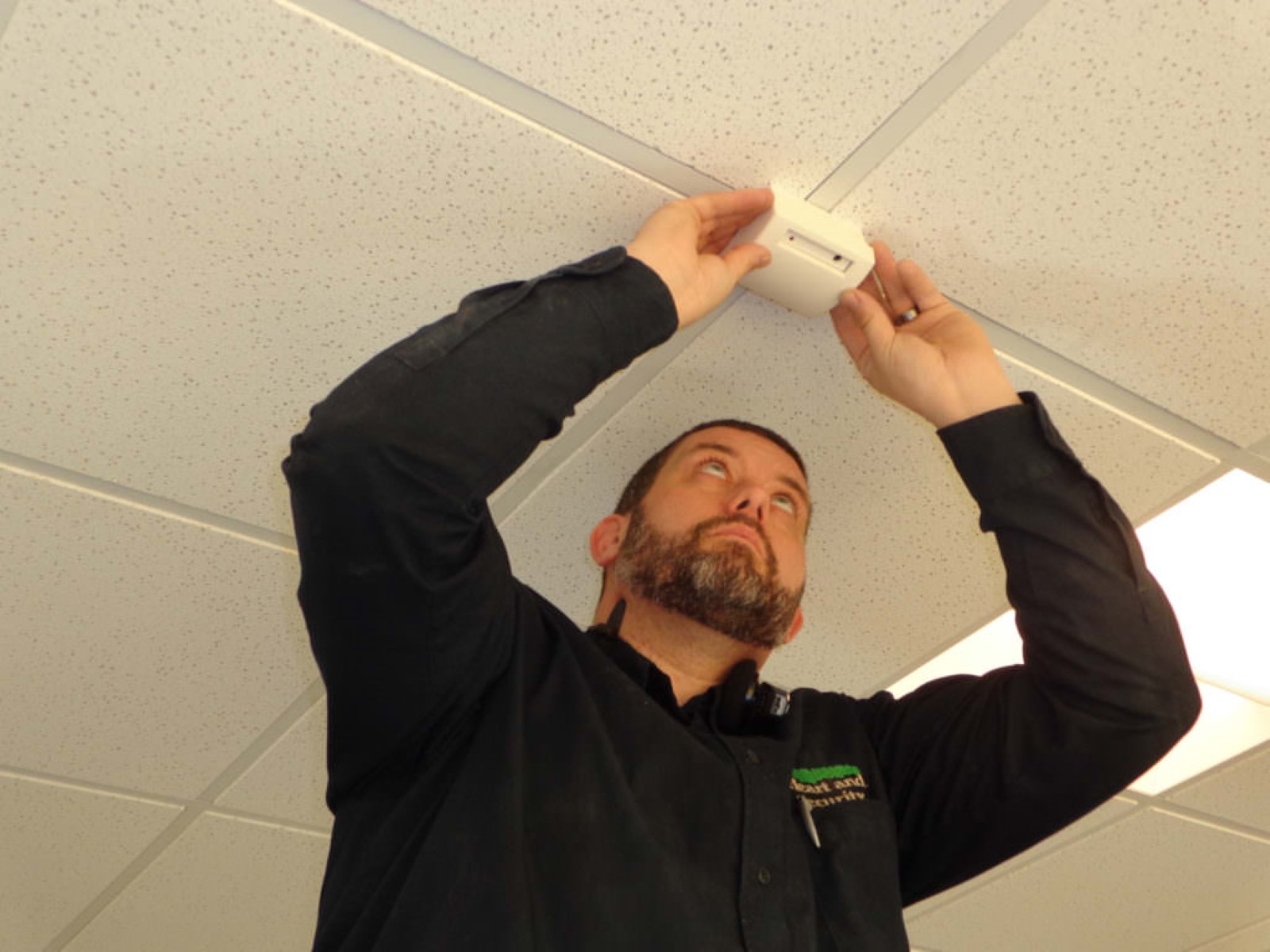
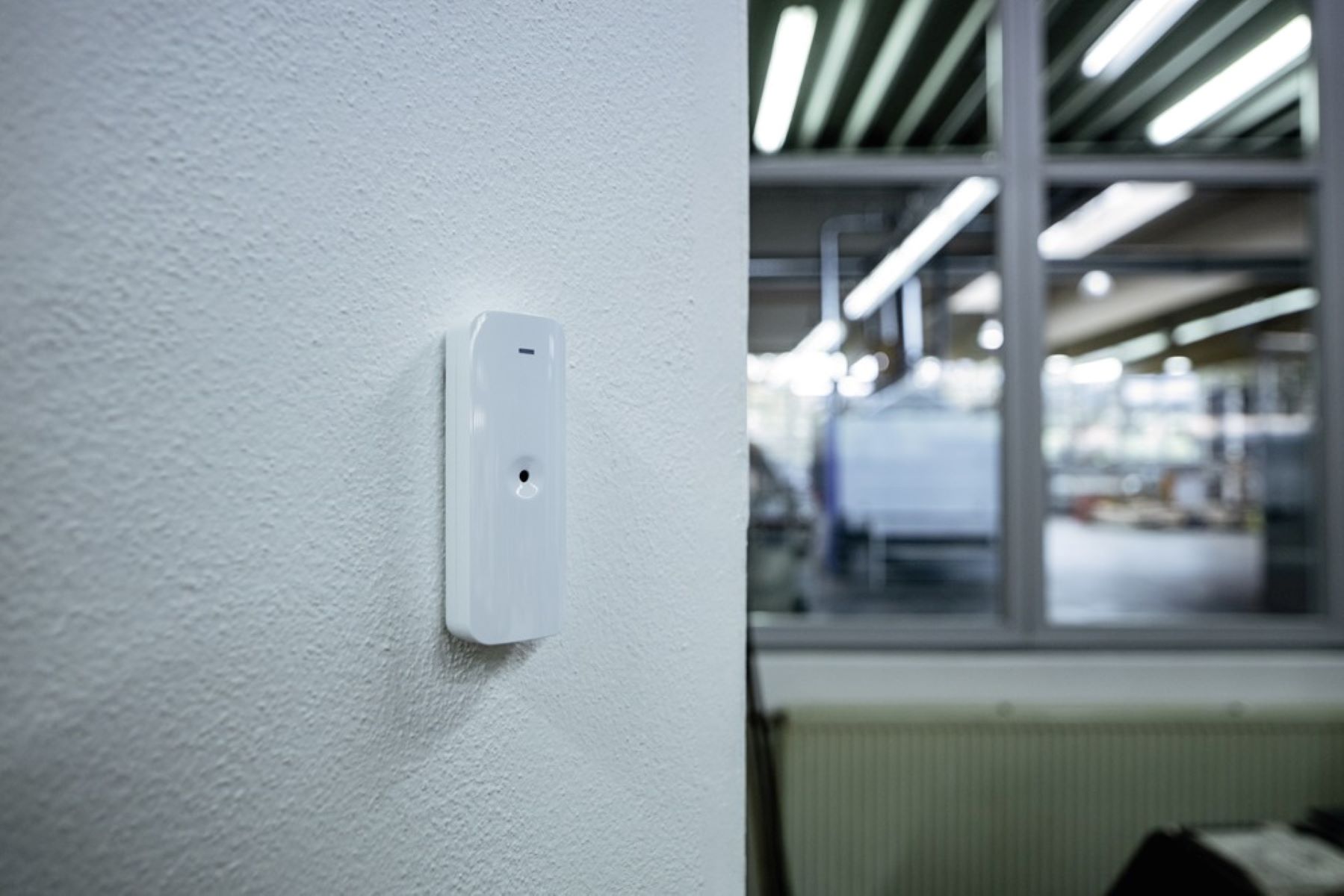
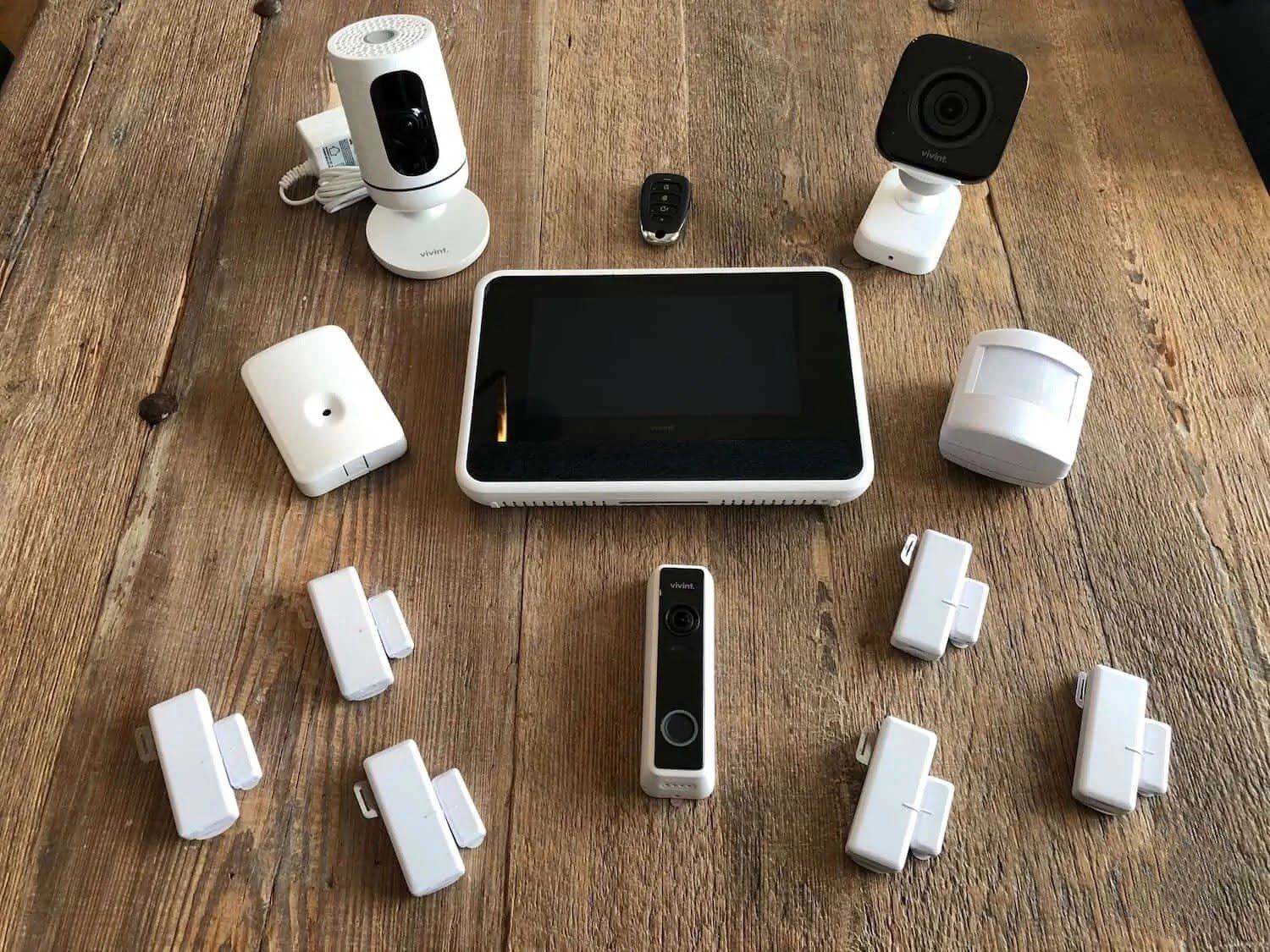
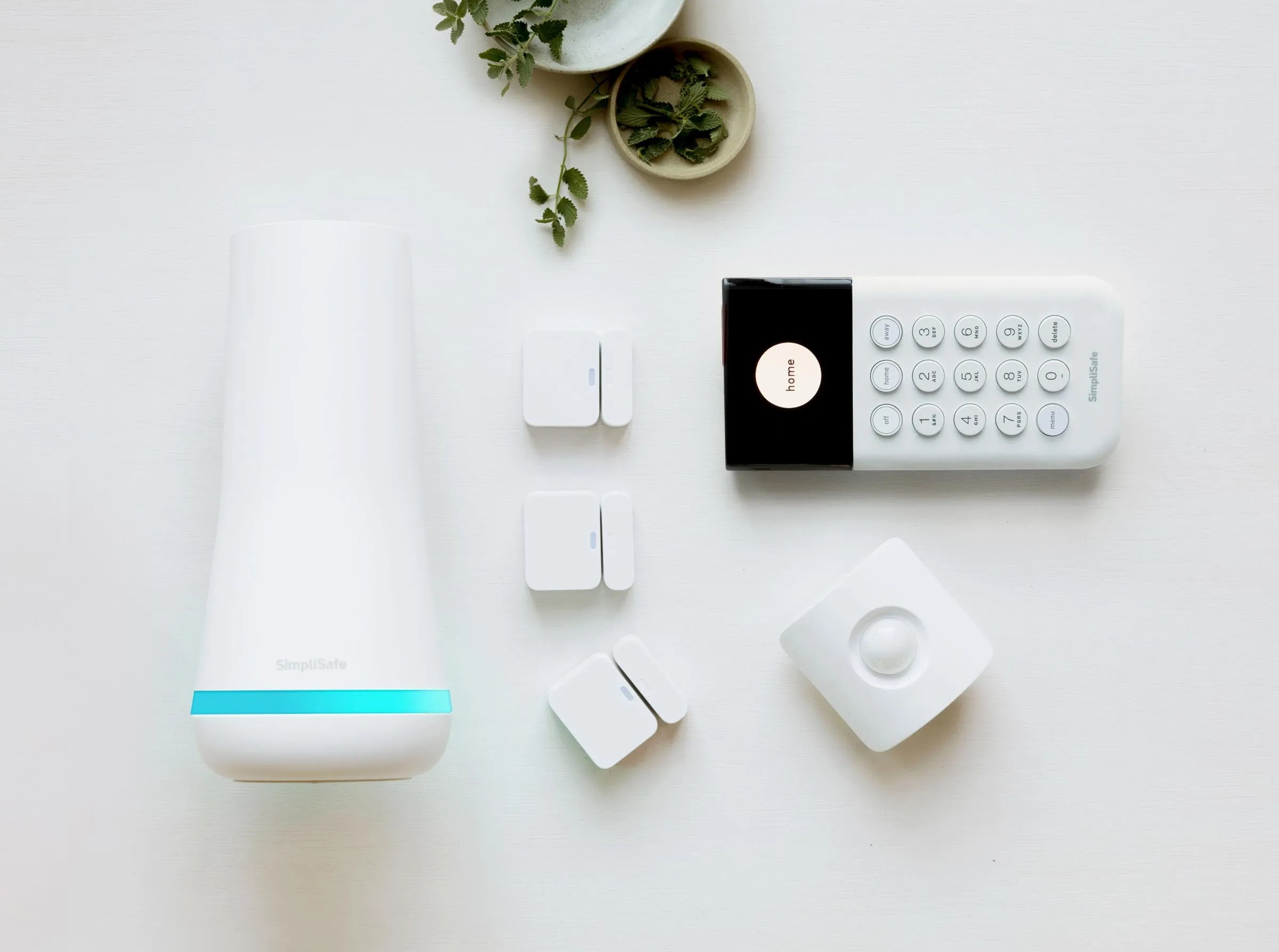
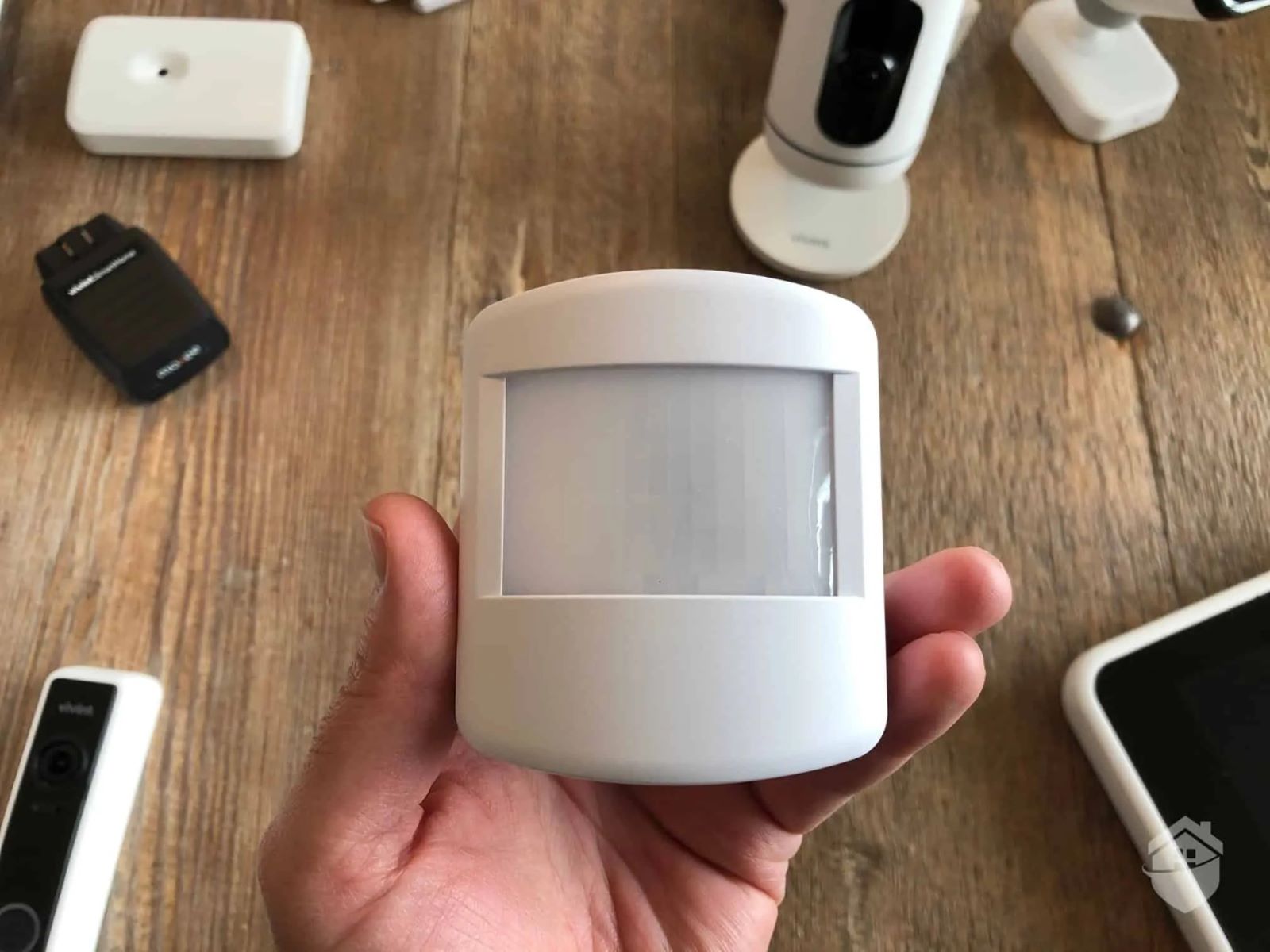
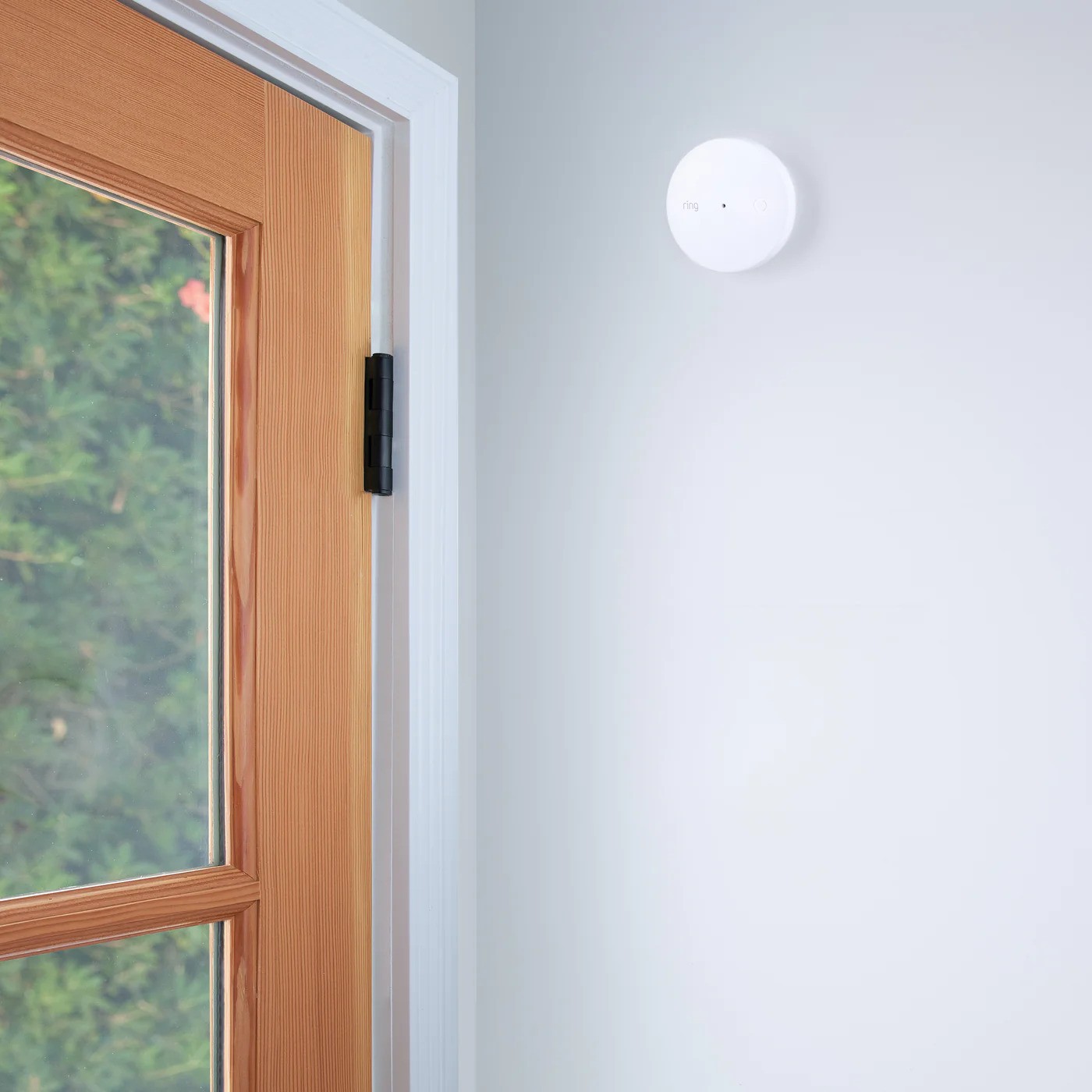









0 thoughts on “How Does A Glass Break Sensor Work”